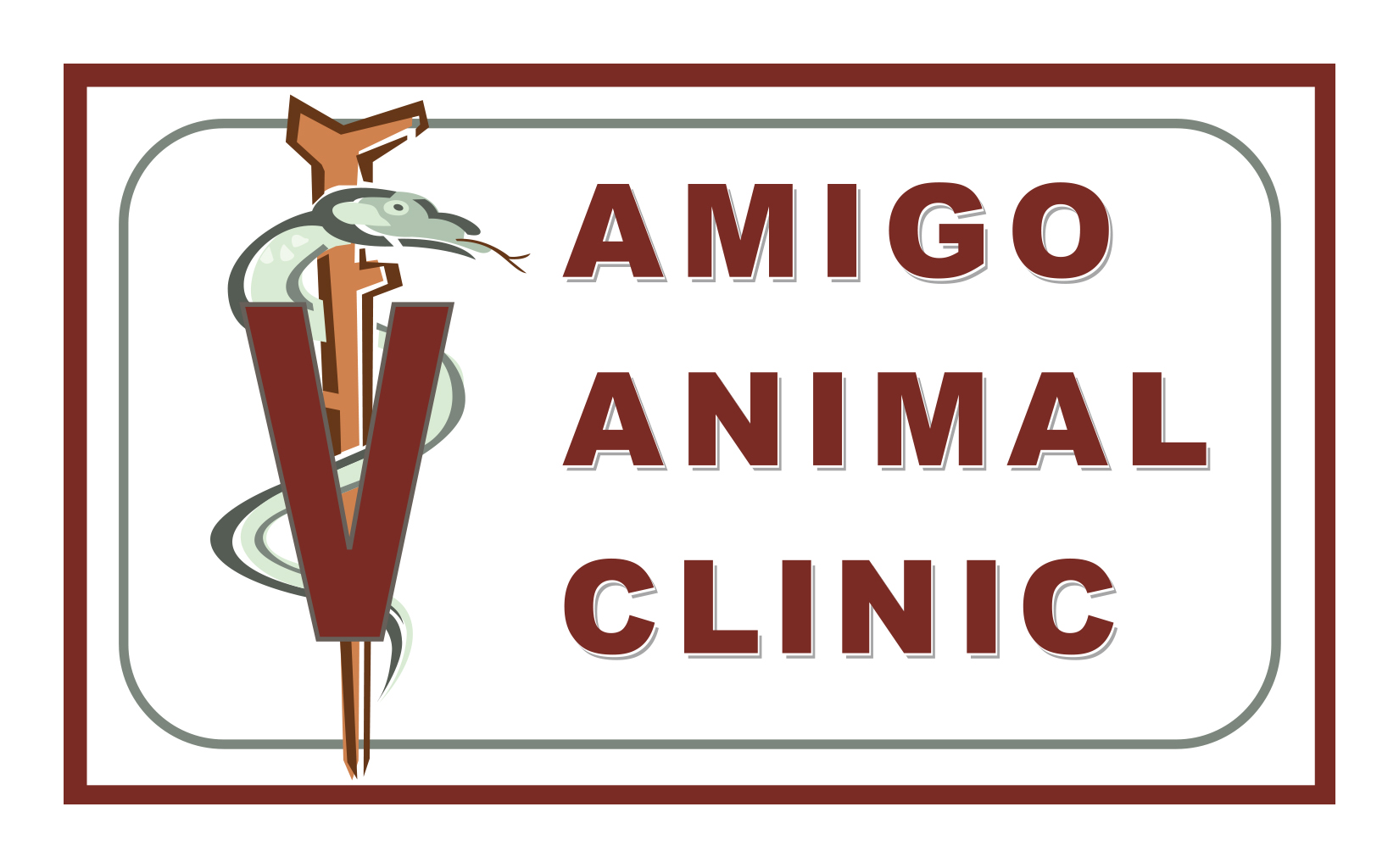How do you score regarding your pet’s dental health?
Surveys show that the majority of pet parents do not brush their pet’s teeth. One study in 2020 revealed that about 70% of pet parents don’t brush their dog’s teeth. And a survey in 2016 of cat parents, 73% said they never brush their cat’s teeth even though they know they should. I can tell you that this subject is so important that the AVMA has dedicated February to National Pet Dental Month. So, although we have written on this subject before, it is important enough that we cover it newly. Did you know?
- 4 out of 5 pets over the age of three have dental disease.
Dental Problems & Gum Disease in Pets
Please visit our “videos” page on our website to see a short video on pet dental disease. The video to watch is towards the bottom of the page, in the lower-left corner. A screenshot of what to look for is below. (you can also click the image to go to the videos page!)

Tooth decay and gum disease can result in your pet suffering from:
- gum recession
- bone loss
- loose teeth
- bone infections
- fractured jaw
Fractured Teeth in Pets
A pet can fracture their teeth through trauma, such as being hit by a car or a hard object or chewing on hard objects such as bone or hard toys. A fractured tooth can cause sensitivity to heat and cold. A deep crack can fill with bacteria and make its way into the root canal. From there, it can enter the bloodstream and infect the vital organs of your pet’s body. While fractures cannot heal, we can seal or cover the tooth to prevent it from getting worse and spreading bacteria. So, the sooner you address it, the better.
Brushing Your Pet’s Teeth
Ideally your pet should have their teeth brushed twice a day. That may not be easy for some people. In that case, we suggest trying to do it at least once a day. But, if there are days you just can’t get to it there are products that help naturally clean your pet’s teeth. However, these shouldn’t replace brushing altogether.
Dental Checkups Cleanings and Oral Evaluations
As covered above, dental disease can progress under the gums of your pet’s teeth without you even knowing it, even if you are regularly brushing your pet’s teeth. For this reason, we urge you to bring your pet in at least annually for a dental exam and cleaning. Only professional cleaning and evaluation can remove the plaque and tartar build-up on your pet’s teeth. Also, at the checkup we inspect your pet’s teeth for any other abnormalities such as fractured teeth, root abscesses, tooth resorption, and extensive bone infection and bone loss. These are all very common abnormalities. Evaluations must include dental x-rays to identify many diseases present below the gumline.
Dogs and especially cats may have common diseases that do not respond to daily brushing. The causes of these diseases are poorly understood and can be quite devastating and painful. The earlier these diseases are identified and managed the less pain your pet will encounter. This is another reason x-rays are very important as they are the only tool that can identify the full extent of the disease.
Summary
Dental disease is extremely common in dogs and cats. Bacteria from gum disease often grow below the gum line causing extensive disease. Foul breath is caused by the bacteria and is not normal. In addition to basic dental disease that we are all familiar with Dogs and especially cats have devastating dental conditions that can only be identified and treated with thorough dental cleanings, x-rays and oral evaluations. For these reasons, teeth brushing, regular dental exams and thorough cleaning and evaluations under anesthesia are important to identifying and treating dental disease.
Sincerely,
Amigo Animal Clinic
What's Next
Call us or schedule an appointment online.
Meet with a doctor for an initial exam.
Put a plan together for your pet.

